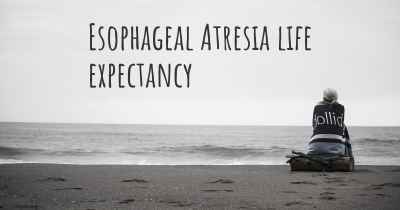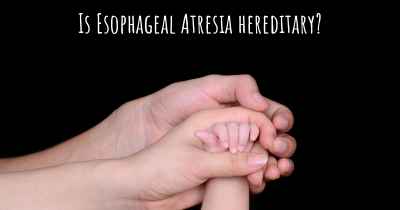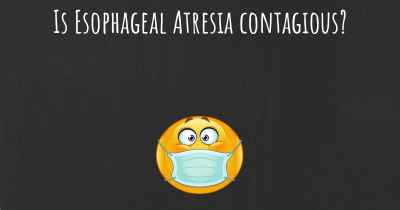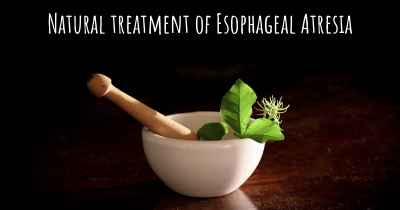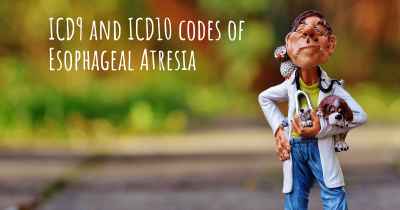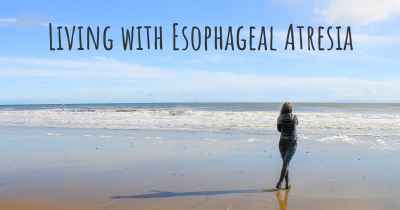What are the best treatments for Esophageal Atresia?
See the best treatments for Esophageal Atresia here

Treatments for Esophageal Atresia
Esophageal atresia is a congenital condition where the esophagus, the tube that connects the throat to the stomach, does not develop properly. This condition requires immediate medical attention and treatment. The treatment approach for esophageal atresia depends on the specific type and severity of the condition.
Surgical Repair
Surgical repair is the primary treatment for esophageal atresia. It involves reconnecting the two ends of the esophagus to establish a continuous passage. The surgery is typically performed within the first few days of life, as early intervention is crucial to prevent complications and ensure proper feeding.
The surgical procedure may involve:
- Primary repair: In this procedure, the surgeon directly connects the upper and lower segments of the esophagus.
- Esophageal replacement: In some cases where the gap between the upper and lower segments is too large, the surgeon may use a section of the patient's own intestine or a synthetic tube to bridge the gap.
The specific surgical approach depends on the individual case and is determined by the surgeon's expertise and assessment of the condition.
Preoperative Care
Before the surgical repair, certain measures are taken to ensure the best possible outcome:
- Stabilization: The newborn is stabilized by providing respiratory support, intravenous fluids, and nutrition through a different route, such as a nasogastric tube or intravenous line.
- Preventing aspiration: Aspiration of fluids into the lungs is a concern in esophageal atresia. To prevent this, the baby's head is kept elevated, and suctioning is performed as needed.
- Antibiotics: Prophylactic antibiotics are often administered to prevent infections.
Postoperative Care
After the surgical repair, the baby requires specialized care to ensure proper healing and recovery:
- Feeding: Initially, feeding is done through a nasogastric tube to allow the surgical site to heal. Once the surgeon confirms the healing, the baby can gradually transition to oral feeding.
- Monitoring: The baby is closely monitored for any signs of complications, such as infection, leakage from the surgical site, or narrowing of the repaired esophagus.
- Follow-up: Regular follow-up visits with the surgeon are essential to monitor the baby's growth, development, and overall progress.
Long-Term Management
Esophageal atresia may require ongoing management to address potential long-term complications:
- Feeding difficulties: Some babies may experience feeding difficulties even after the surgical repair. In such cases, specialized feeding techniques or therapies may be recommended to ensure adequate nutrition.
- Gastroesophageal reflux: Reflux, where stomach acid flows back into the esophagus, is common in esophageal atresia. Medications or lifestyle modifications may be prescribed to manage reflux symptoms.
- Esophageal strictures: Scar tissue formation can lead to narrowing of the repaired esophagus. Dilation procedures or other interventions may be required to widen the esophagus and improve swallowing.
- Respiratory issues: Some individuals with esophageal atresia may have associated respiratory conditions. Regular monitoring and appropriate management of respiratory health are important.
It is crucial for parents and caregivers to work closely with healthcare professionals to ensure the best possible outcomes for children with esophageal atresia. Early intervention, proper surgical repair, and ongoing management can significantly improve the quality of life for individuals with this condition.
